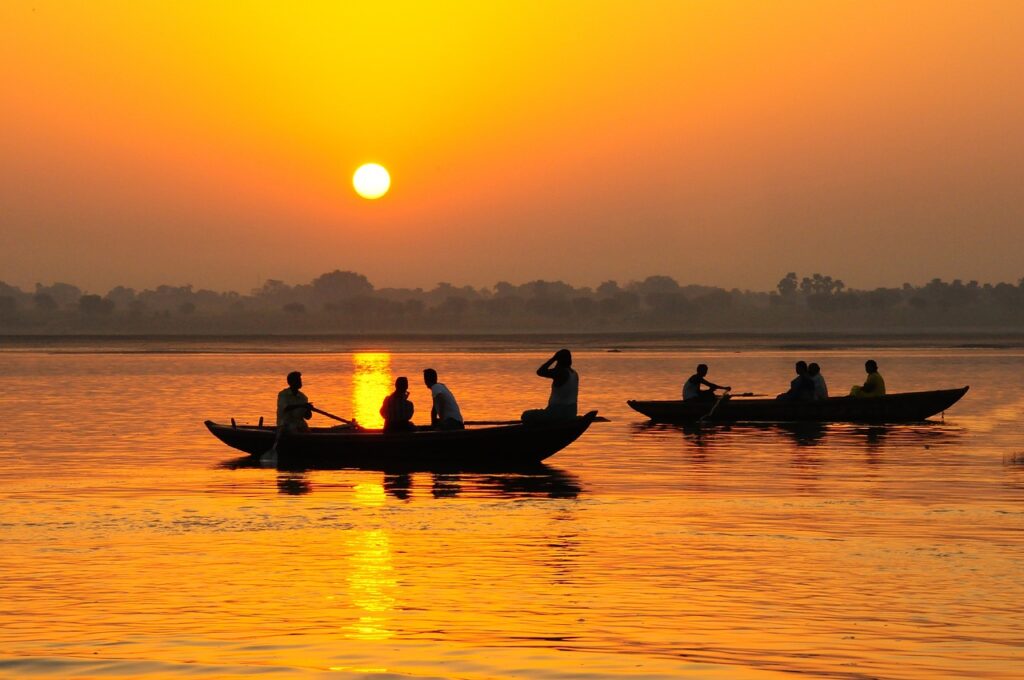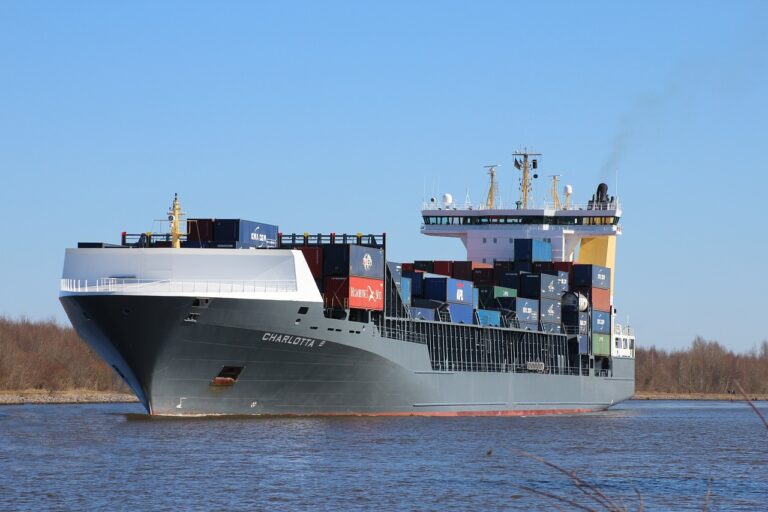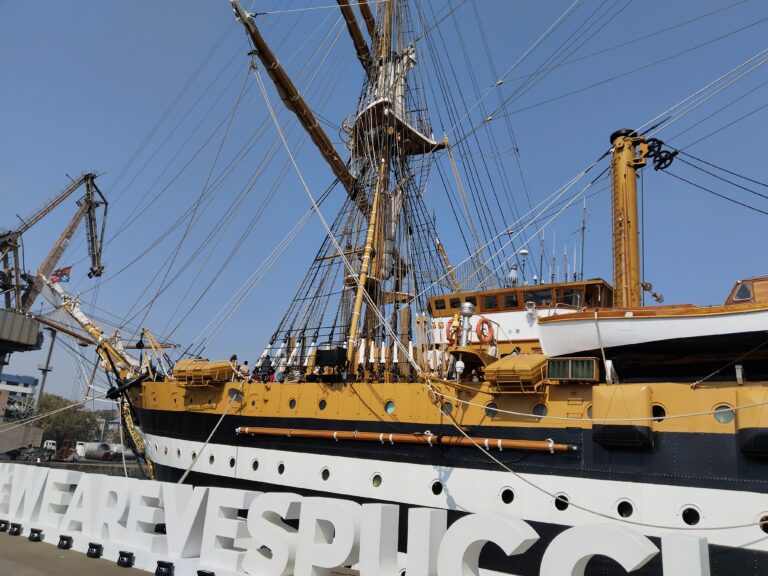The Indian Maritime Industry
Sailing Towards Prosperity: Unveiling the Potential and Vision of the Maritime Industry in India

The maritime industry holds a pivotal role in shaping the economic landscape of nations, and India, with its vast coastline spanning over 7,500 kilometers, stands at the threshold of immense potential. As the world’s seventh-largest maritime country, India’s maritime industry offers a diverse array of opportunities, ranging from shipping and logistics to offshore exploration and port development. In this blog, we delve into the current potential and visionary prospects of India’s maritime sector, exploring its key drivers, challenges, and future trajectory.
Historical Context and Current Landscape:
India’s maritime heritage dates back millennia, with ancient civilizations flourishing along its coastal regions. Over the centuries, trade routes crisscrossed the Indian Ocean, connecting India with the world and facilitating cultural exchange and commerce. Today, the maritime sector encompasses a broad spectrum of activities, including shipping, port management, shipbuilding, coastal shipping, inland waterways, and offshore industries.
India’s maritime industry has made significant strides in recent years, propelled by economic reforms, infrastructure development, and strategic initiatives. The government’s flagship programs such as “Sagarmala” and “Make in India” have catalyzed investments and spurred growth across various segments of the maritime sector.
Key Drivers of Growth:
a. Sagarmala Initiative: Launched in 2015, the Sagarmala program aims to harness India’s maritime potential by modernizing ports, enhancing port connectivity, promoting coastal shipping, and boosting port-led industrialization. With a focus on infrastructure development, the initiative seeks to unlock new avenues for trade, investment, and job creation.
b. Port Modernization and Expansion: India’s major ports are undergoing modernization and capacity augmentation to accommodate growing trade volumes and larger vessels. Additionally, the development of new ports and terminals is underway to alleviate congestion and enhance efficiency.
c. Coastal Shipping and Inland Waterways: Leveraging India’s extensive coastline and river network, efforts are underway to promote coastal shipping and inland water transport as cost-effective and environmentally sustainable modes of transportation. Initiatives such as the Jal Marg Vikas Project aim to develop national waterways for cargo and passenger transportation.
d. Offshore Exploration and Renewable Energy: India’s offshore sector holds immense potential for oil and gas exploration, as well as renewable energy development, particularly wind and solar power. Investments in offshore infrastructure and technology are poised to unlock new reserves and drive sustainable energy transitions.
Challenges and Opportunities:
a. Infrastructure Deficits: Despite significant progress, India’s maritime infrastructure still faces challenges such as inadequate port capacity, inefficient logistics, and last-mile connectivity issues. Addressing these gaps requires sustained investments in port development, hinterland connectivity, and multimodal transport networks.
b. Regulatory Reforms: Streamlining regulations and bureaucratic processes is essential to enhance the ease of doing business in the maritime sector. Simplifying clearance procedures, reducing paperwork, and fostering a conducive regulatory environment can attract investments and spur growth.
c. Human Capital Development: Building a skilled workforce equipped with maritime expertise is critical for the industry’s sustainable growth. Investments in education, training, and skill development programs are necessary to meet the evolving needs of the maritime workforce and nurture talent across various domains.
d. Environmental Sustainability: As concerns over climate change and pollution mount, the maritime industry is under pressure to embrace sustainable practices and reduce its carbon footprint. Adoption of cleaner fuels, eco-friendly technologies, and stringent environmental regulations present opportunities for innovation and green growth.
Vision for the Future:
Looking ahead, India’s maritime industry holds immense promise as a catalyst for economic development, trade expansion, and sustainable growth. By leveraging its coastal advantage, investing in infrastructure, fostering innovation, and embracing global best practices, India can emerge as a maritime powerhouse on the world stage.
a. Port-Led Development: Emphasizing port-led industrialization and coastal economic zones can stimulate manufacturing, attract investments, and generate employment opportunities in maritime clusters along India’s coastline.
b. Digital Transformation: Harnessing digital technologies such as blockchain, IoT, and AI can enhance operational efficiency, optimize supply chains, and improve maritime safety and security.
c. Blue Economy Initiatives: Promoting sustainable utilization of marine resources, including fisheries, aquaculture, and marine tourism, can unlock new economic avenues while preserving marine ecosystems.
d. International Collaboration: Strengthening partnerships with global maritime players, fostering maritime diplomacy, and participating in multilateral initiatives can enhance India’s maritime influence and competitiveness on the global stage.
India’s maritime industry stands at a critical juncture, poised for transformative growth and innovation. By capitalizing on its maritime heritage, investing in infrastructure, fostering human capital development, and embracing sustainability, India can chart a course towards maritime excellence, bolstering its economic prosperity and global standing in the process. As India sails towards a brighter maritime future, concerted efforts and visionary leadership will be essential to navigate the challenges and seize the vast opportunities that lie ahead.

